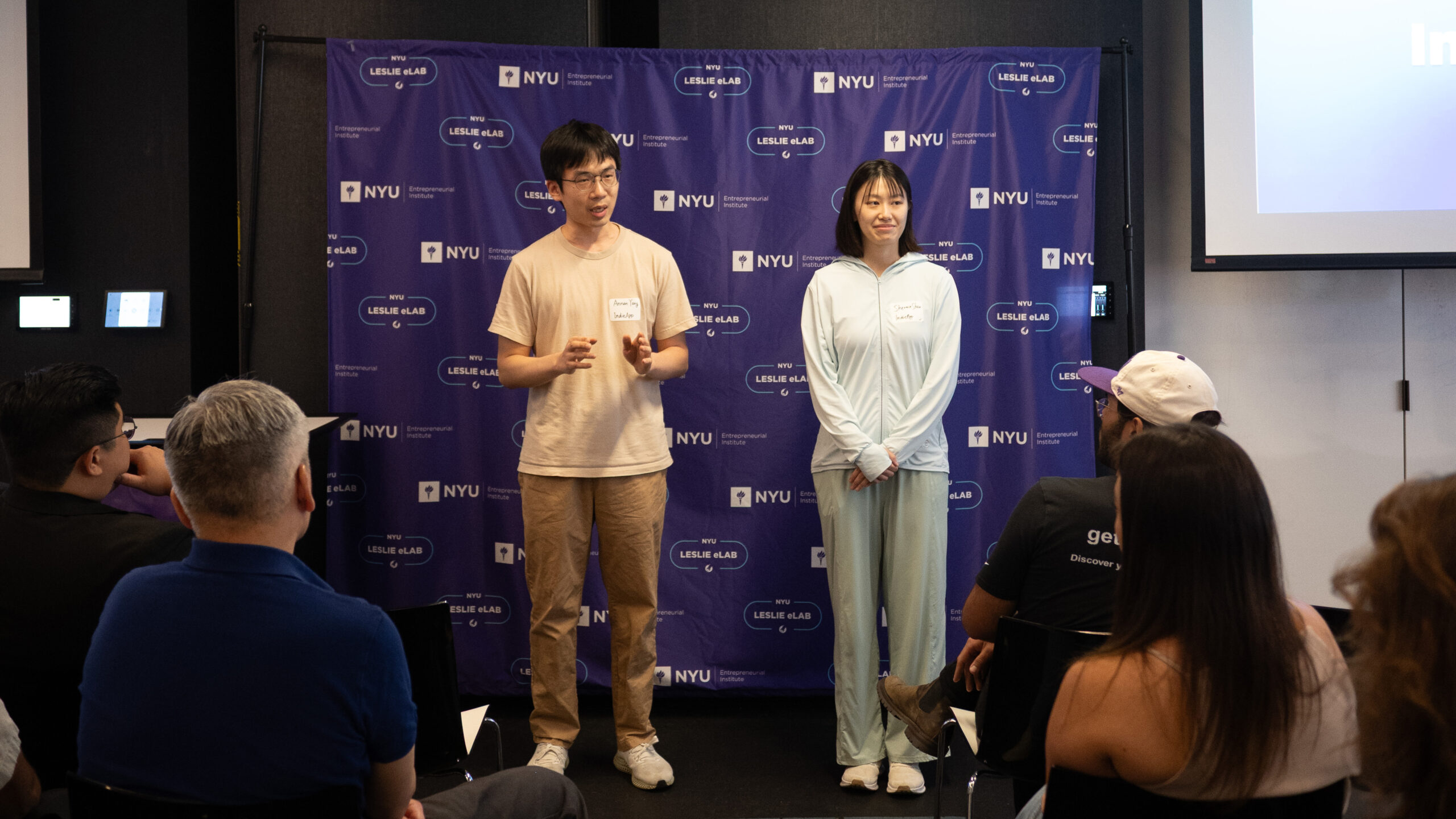Stay up to date on upcoming events, deadlines, news, and more by signing up for our newsletters!
A UX designer drags a reference image and video demo onto a blank canvas. A product manager adds a sticky note beside it. Minutes later, a functioning prototype appears — complete with layouts and navigation flows, all generated by AI.
This isn’t just a brainstorm or design mockup. It’s IndieApp — a canvas-based, vibe-coding platform founded by NYU Tisch ITP graduate Annan Yang that transforms ideas into digital products without a single line of code.
“I’m a lazy guy,” Yang said with a laugh. “But I’m willing to spend a lot of time building something that lets me be lazy more efficiently.”
IndieApp is built for UX designers and product managers at major tech companies looking to launch their own projects. It functions like a developer intern that never needs onboarding — a ready-to-use tool for exploring and building ideas without the friction of cross-team coordination.
“When working on an app, I don’t want to write a perfect prompt,” said Yang, who comes from a design background himself. “I want to throw in a bunch of ideas and have something generate a layout that helps me visualize what I’m thinking.”
That mentality shaped how IndieApp approaches user input. Designed for nonlinear thinkers, the platform doesn’t begin with structured prompts but instead welcomes fragments — sketches, screenshots, articles or stray thoughts. Rather than asking customers to articulate a polished concept, it reads whatever’s dropped onto the canvas and turns it into an interactive layout. If the result doesn’t land, users can simply adjust and try again.
Yang’s team took several detours before arriving at IndieApp’s current form. The first version was a Figma plugin aimed at non-designers. It later evolved into a prompt-based app generator called AIctopus — a play on “octopus,” with the “o” swapped for “AI.”
“We thought it represented a platform that could handle a lot of heavy lifting,” Yang said. “But we quickly realized it wasn’t scalable.”
The turning point came during the NYU Startup Sprint, when a founder used IndieApp to prototype a B2B product — and closed a deal. That experience, along with customer discovery interviews during the current Summer Launchpad cohort, led the team to a key realization: rather than a polished final product, people needed a fast, flexible way to communicate ideas. IndieApp offers a working draft before a developer ever sees the blueprint.
With that insight, the team launched a monthlong closed beta, drawing more than 140 users and generating over 1,000 projects. Its first-try success rate reached 87%, far outpacing the industry average for prompt-only tools.
Yang and his team are now preparing to launch a subscription model and secure their first group of paying customers. In the long term, they aim to position IndieApp as the go-to tool for creative professionals who want to build quickly and think freely.
“I come from a nontechnical background. I’m the kind of person who benefits from AI coding — and I want to share that ability with as many people as possible,” Yang said.








